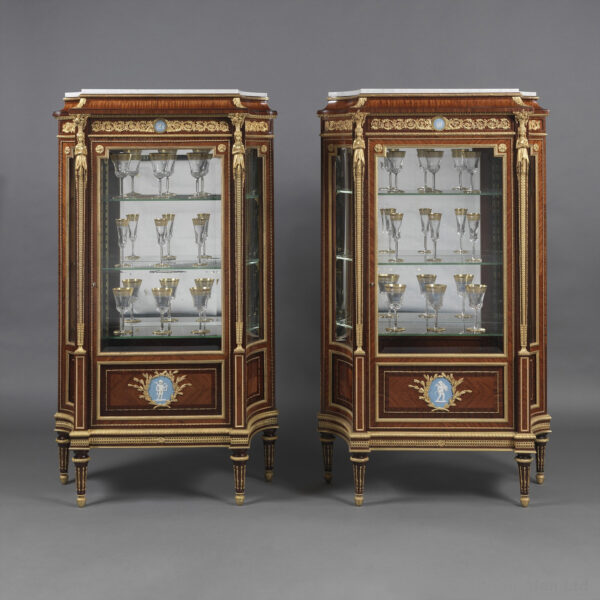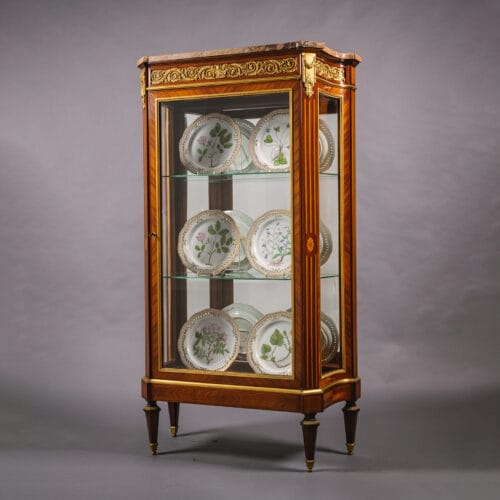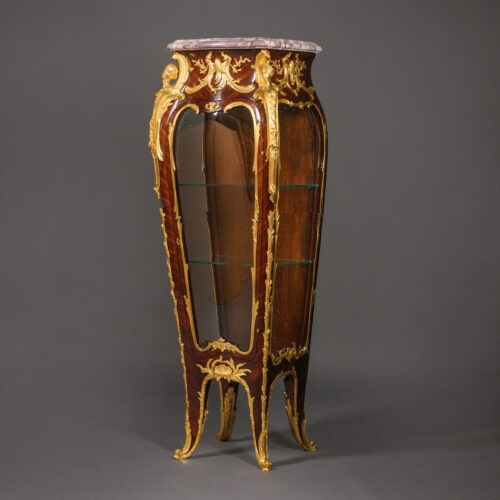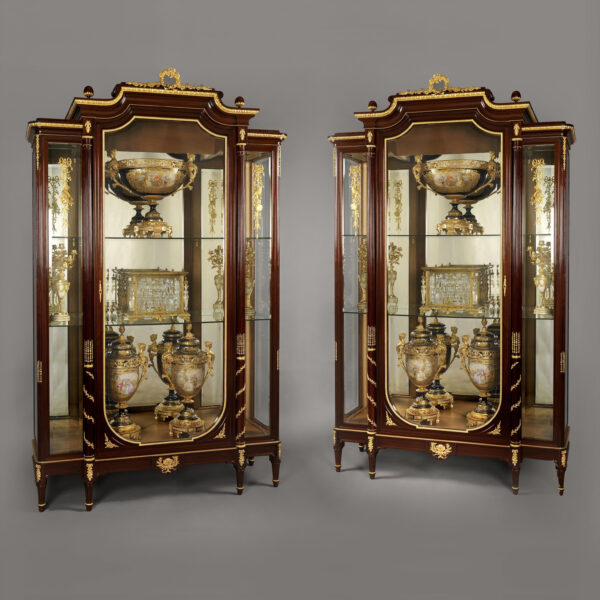Eugene Brunet
An Amboyna And Gilt-Bronze Empire Style Vitrine Cabinet
£120,000
A Very Fine Amboyna and Gilt-Bronze Empire Style Vitrine Cabinet with a glazed front and sides. The cabinet is mounted all over with superb quality well...
Dimensions
Height: 205 cm (81 in)Width: 92 cm (37 in)
Depth: 40 cm (16 in)
Description
A Very Fine Amboyna and Gilt-Bronze Empire Style Vitrine Cabinet with a glazed front and sides. The cabinet is mounted all over with superb quality well chiselled gilt-bronze mounts and surmounted by a clock with an enamel dial face surrounded by Zodiac motifs. The cabinet is crowned with a classical male bronze bust.
Empire Style
In 1804 Napoléon I, crowned himself Emperor of France, ending years of political instability and signalling the dawning of the Empire period. During this time, the economy was booming and a new aristocracy was forming, with Napoléon’s court as its cornerstone.
The period was to see the revival of classical ideas and influences, primarily in the decorative arts. Napoléon’s court was quick to adopt the classical designs discovered in the archaeological excavations of Pompeii and Herculaneum, together with exotic hieroglyphic motifs from the Egyptian campaigns. Revolutionary conquests were echoed in the use of antique forms in architecture and the decorative arts, proclaiming ‘fame’ and ‘victory’. The use of these ancient designs and motifs celebrated France as the heir to these great civilisations imbuing it with the grandeur of Greece, the glory of Rome and the magnificence of the Pharaohs.
Typical Empire motifs included the acanthus leaf, anthemion (stylised honeysuckle), animal-paw feet, cornucopia, classical figures, dolphin, eagle, lyre and rosette. For ornamentation, gilt-bronze was a prerequisite.
The most influential architects of the Empire style were Charles Percier (1764-1838) and Pierre-François-Léonard Fontaine (1762-1853). Official architects to Napoléon, their main responsibility was the renovation of the various royal residences, including Malmaison. Their ‘Recueil des décorations intérieures’ (1812) became the essential handbook of the Empire style.
After the fall of Napoléon the Empire style continued to be in favour for many decades, with only minor adaptations. The second half of the nineteenth century was to see a revival of the style, and the popularity of its strong but simple lines continues to the present day.
Date
Circa 1880
Origin
France
Medium
Amboyna
Signature
The cabinet is signed E. Brunet.
Eugene Brunet was one of the most successful ébénistes of high-quality Parisian furniture during the late nineteenth and early twentieth centuries. He produced items for wealthy patrons and exhibited at many of the international exhibitions of the period. In 1889, he joined brothers Frederic and Alexandre Roux, establishing themselves at 20 rue de la Perle under the name of Roux Et Brunet. Brunet went on to manage the business alone.
The 1889 Exposition Universelle instantly showed Brunet’s influence on the Roux brothers, with a marked shift from Louis XIV, Louis XVI and Empire styles towards Louis XV Style with Boulle and Riesener influences. From then on, the Louis XV Style was more commonly used by the firm and echoed the works of Emmanuel Zwiener and Francois Linke. Roux Et Brunet had commissioned Linke to make furniture for them when he first arrived in Paris, and they also employed the renowned sculptor Léon Messagé for many of their designs.
Brunet was particularly well known for the superb quality of his gilt-bronze mounts, which were often designed by Messagé, who Linke and Zwiener also employed for their mounts. Brunet also purchased part and complete furniture from Linke and Zwiener. Some 40 folders exist containing drawings and watercolours of furniture designs by Brunet from the Second Empire to the 1920s – many of which show the hand of Messagé in their design and recall the work of Linke and Zwiener.
The connection between Brunet and Linke goes even further: in November 1896 Linke purchased 13 lots from a sale of the effects of Roux Et Brunet for 2,374 francs, almost certainly to have the right to use patterns for bronze casting. The pattern for the iconic crab-like acanthus that is now seen almost as a guarantee of Linke’s work was most likely purchased with lot 155, a ‚Äúbureau Louis XV, rocaille a poignée coquille‚Äù.
Signed examples of Brunets work is comparatively rare, although some pieces reveal the stamp ‘E.B’ to the reverse of the bronze mounts.
A notable Louis XVI Style bureau plat by Brunet, signed ‚‘E.B.‚’ was in the collection of Pierre Lecoules.
Bibliography:
Ledoux-Lebard, Denise. Les Ebénistes du XIX siècle, Les Editions de l’Amateur, (Paris), 1984.
Mestdagh, Camille & Lécoules, Pierre. L’Ameublement d’Art Français, 1850-1900, Les Editions de L’Amateur, (Paris), 2010.
Payne, Christopher. Paris Furniture: The Luxury Market of the 19th Century, Editions Monelle Hayot (Saint-Remy-en-l’Eau), 2018.
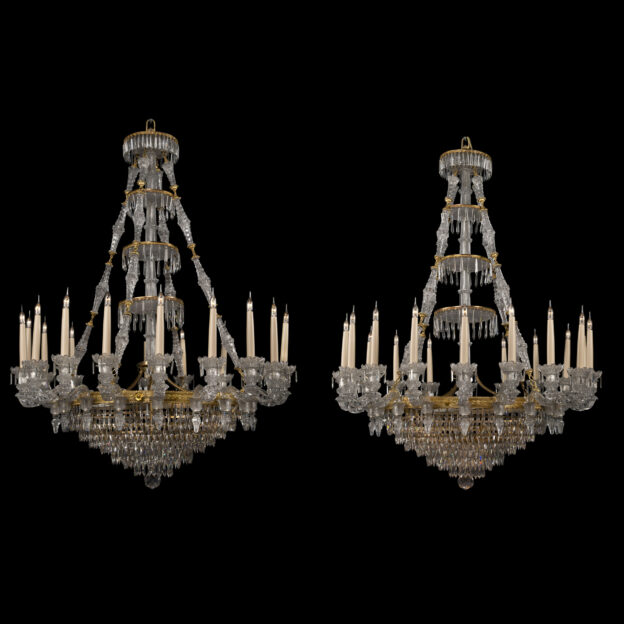





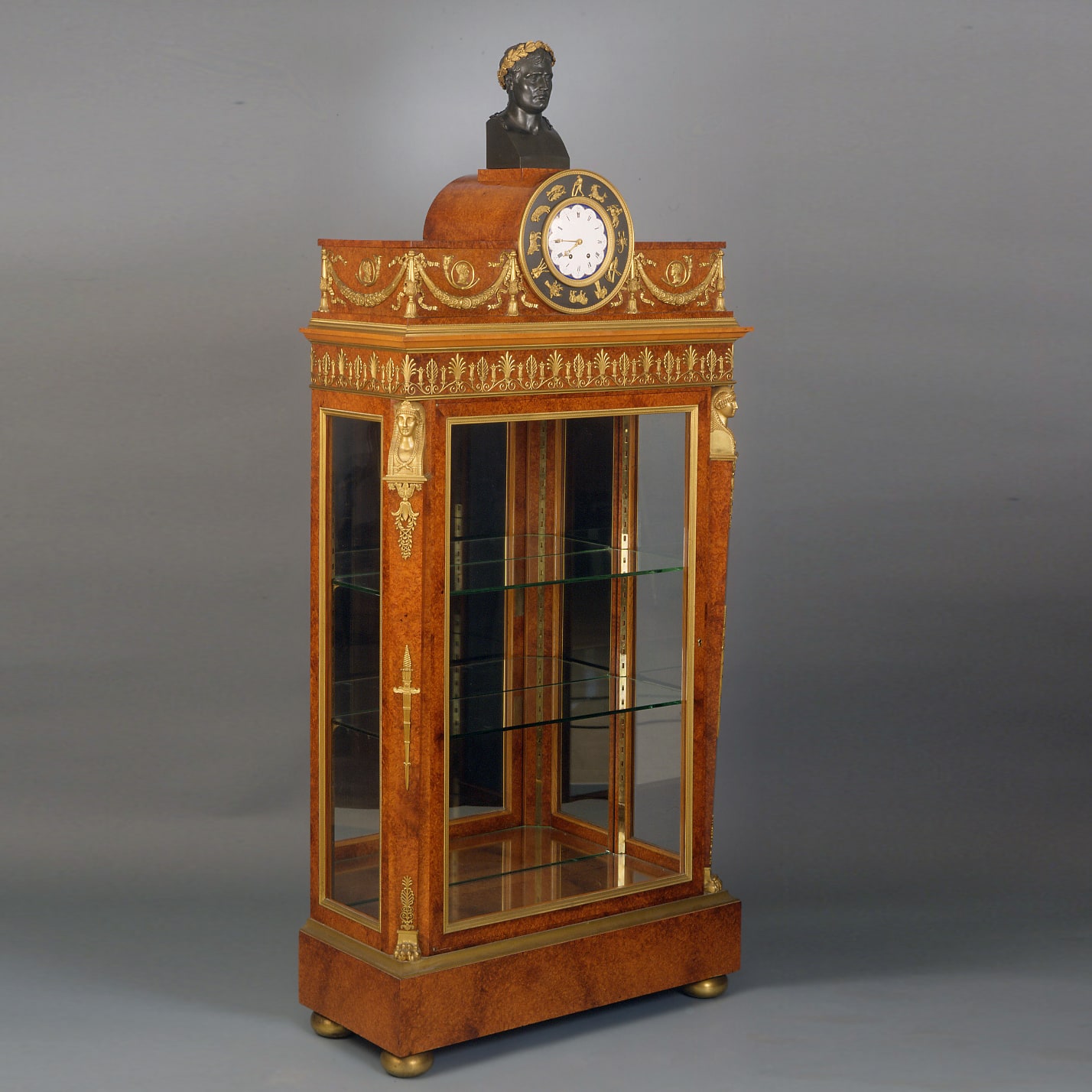
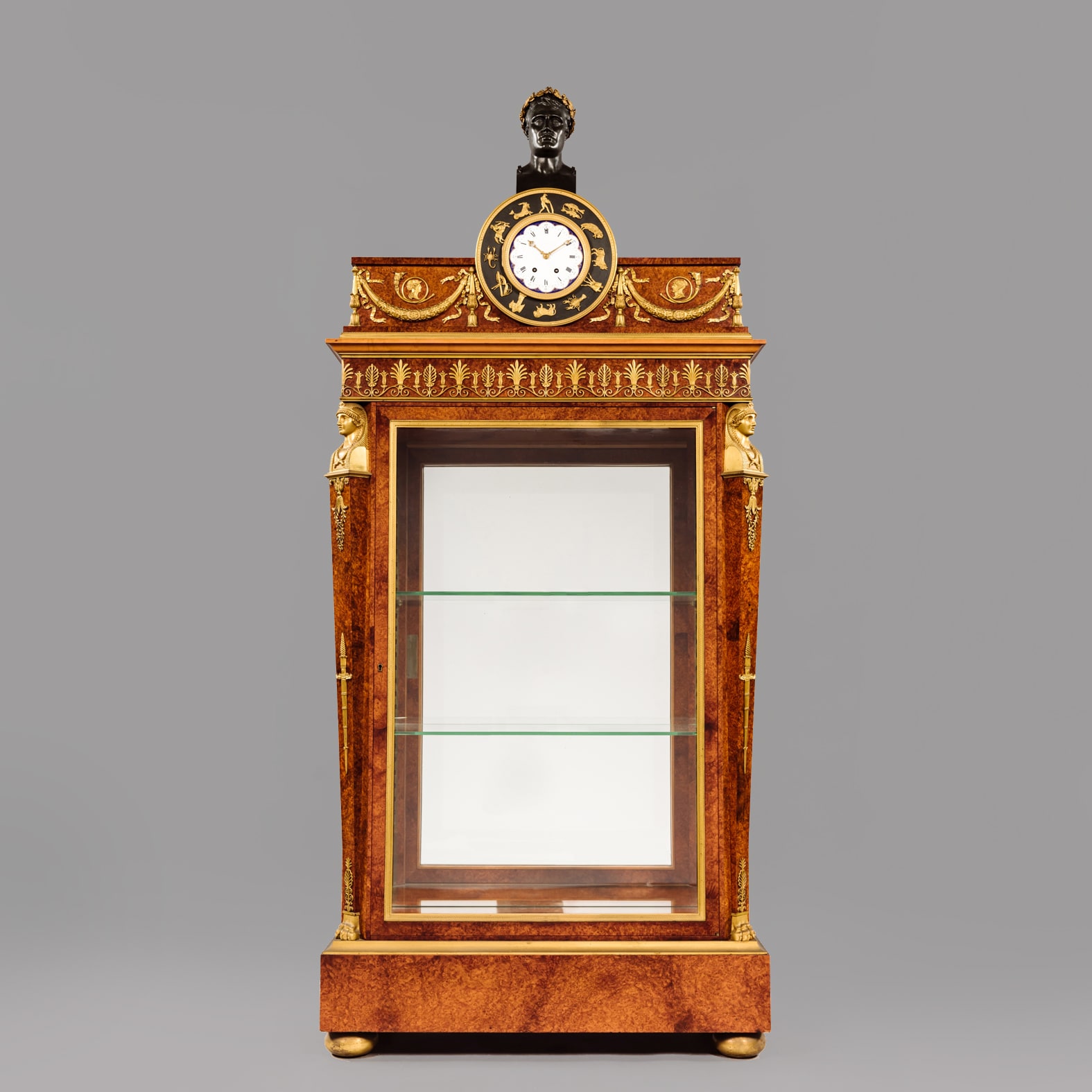

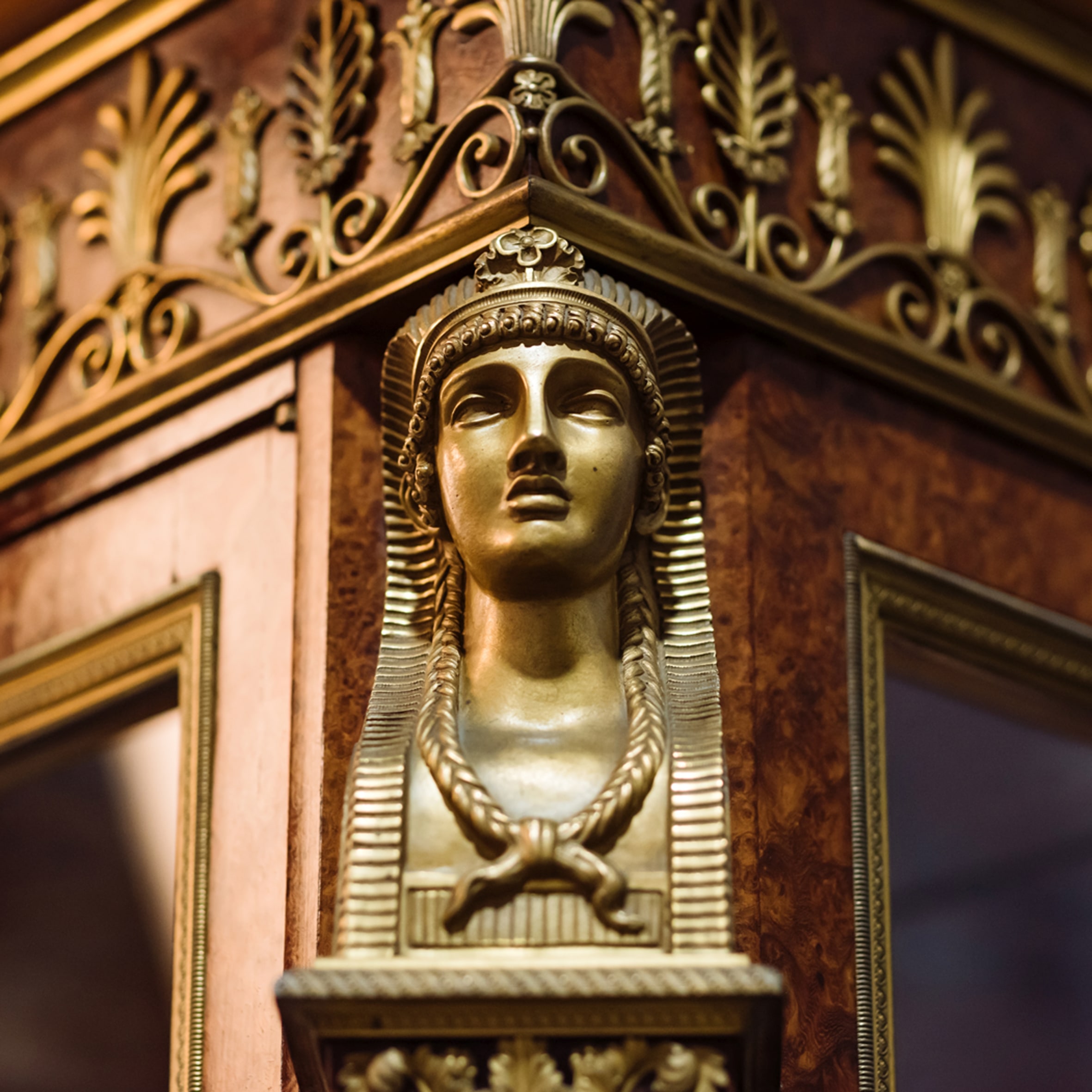
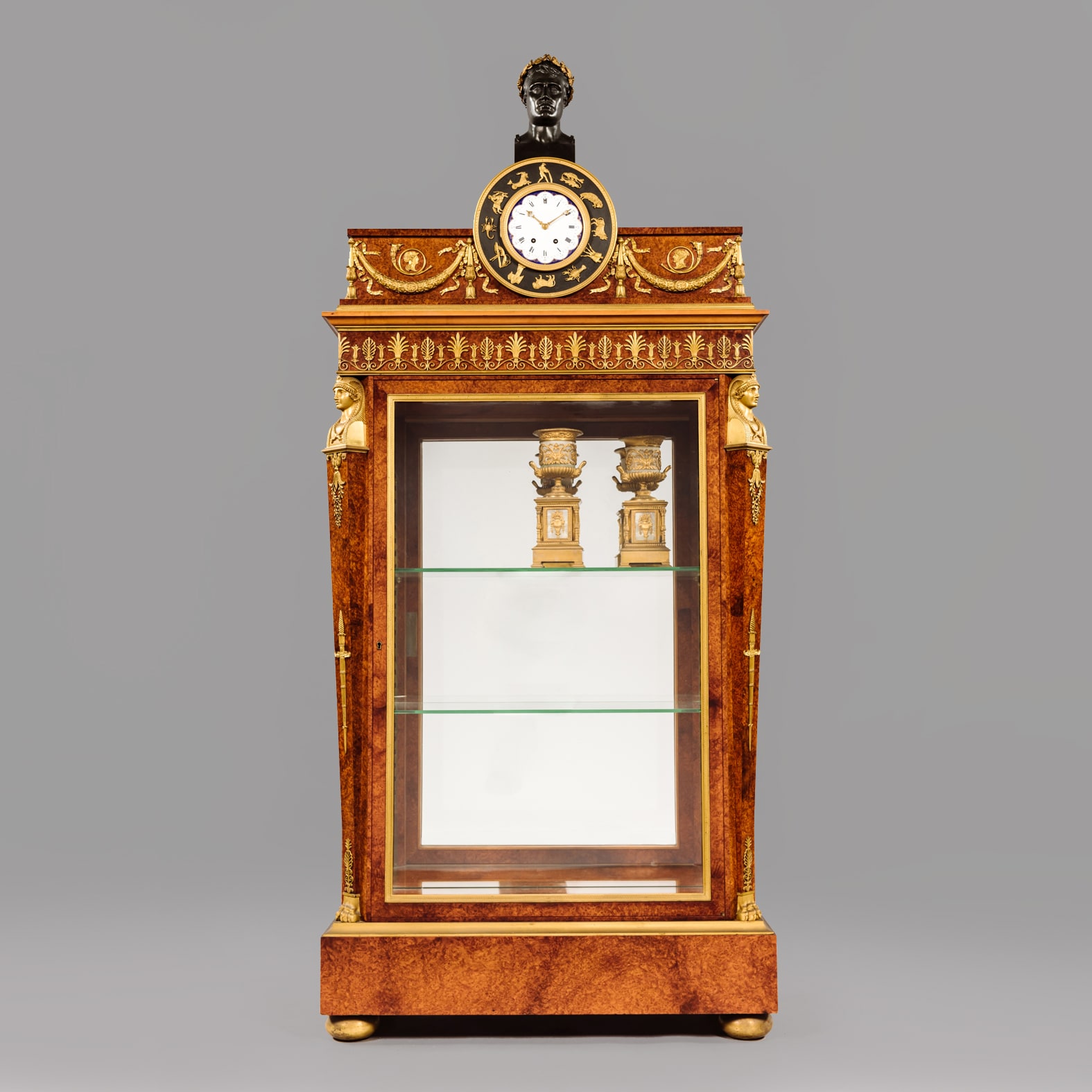
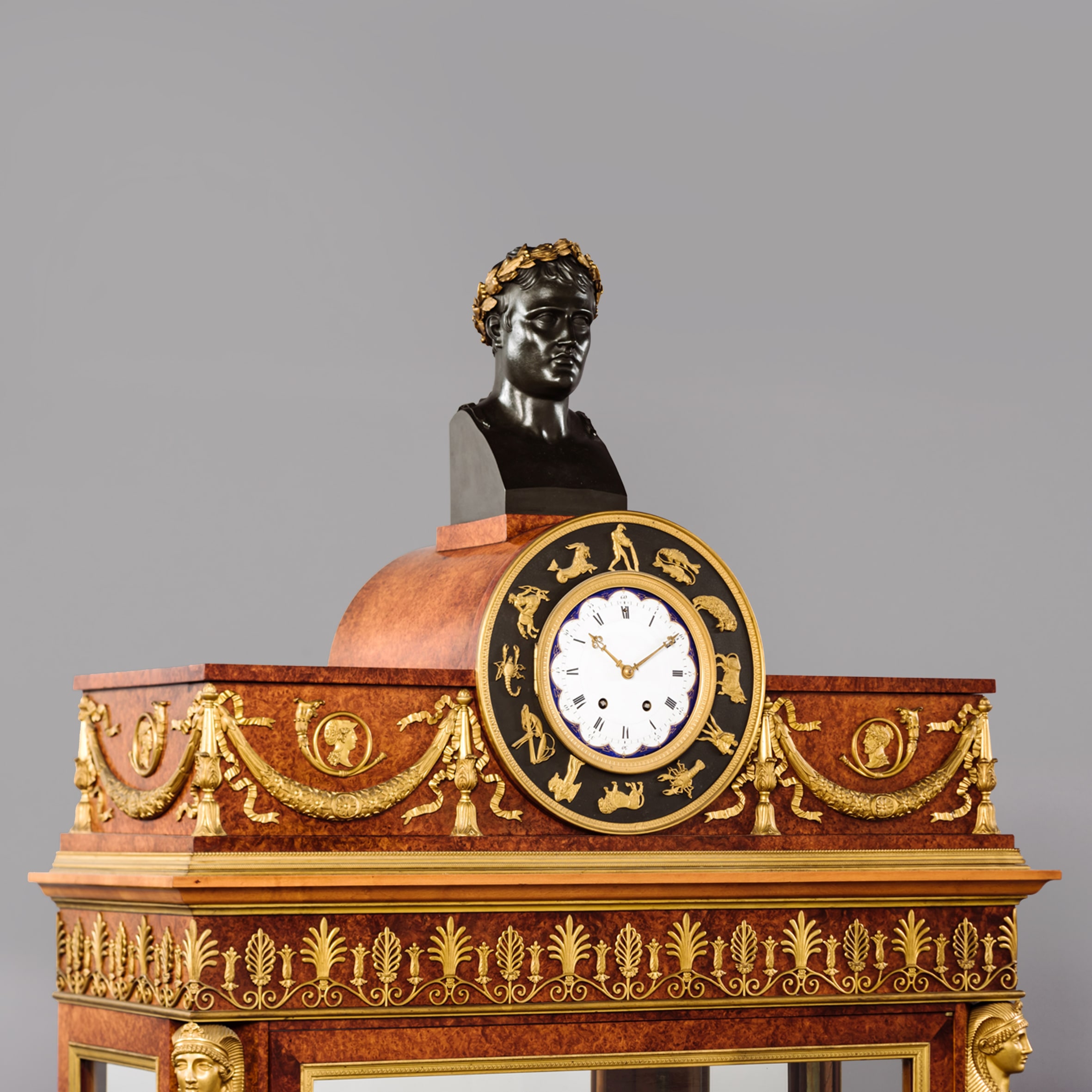
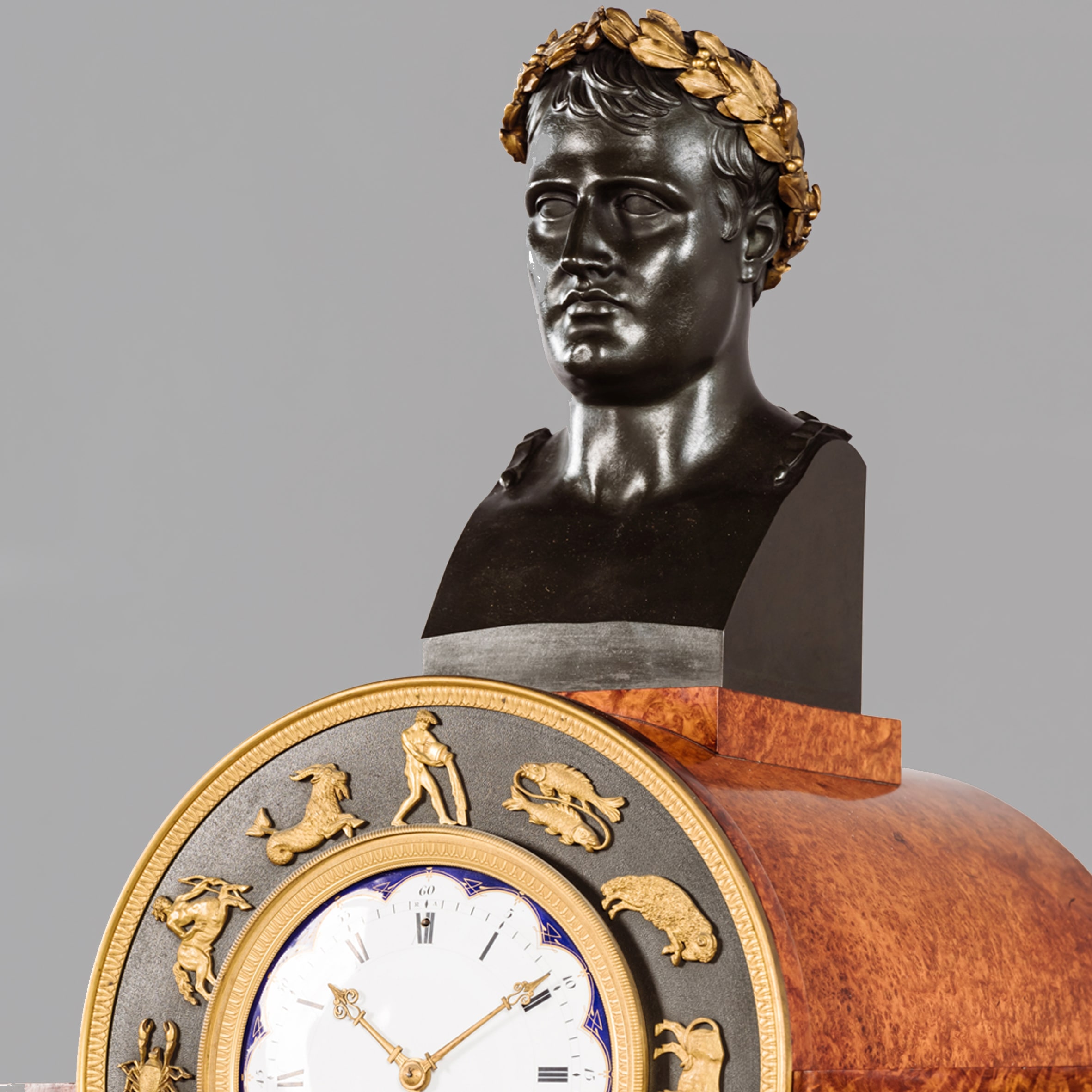
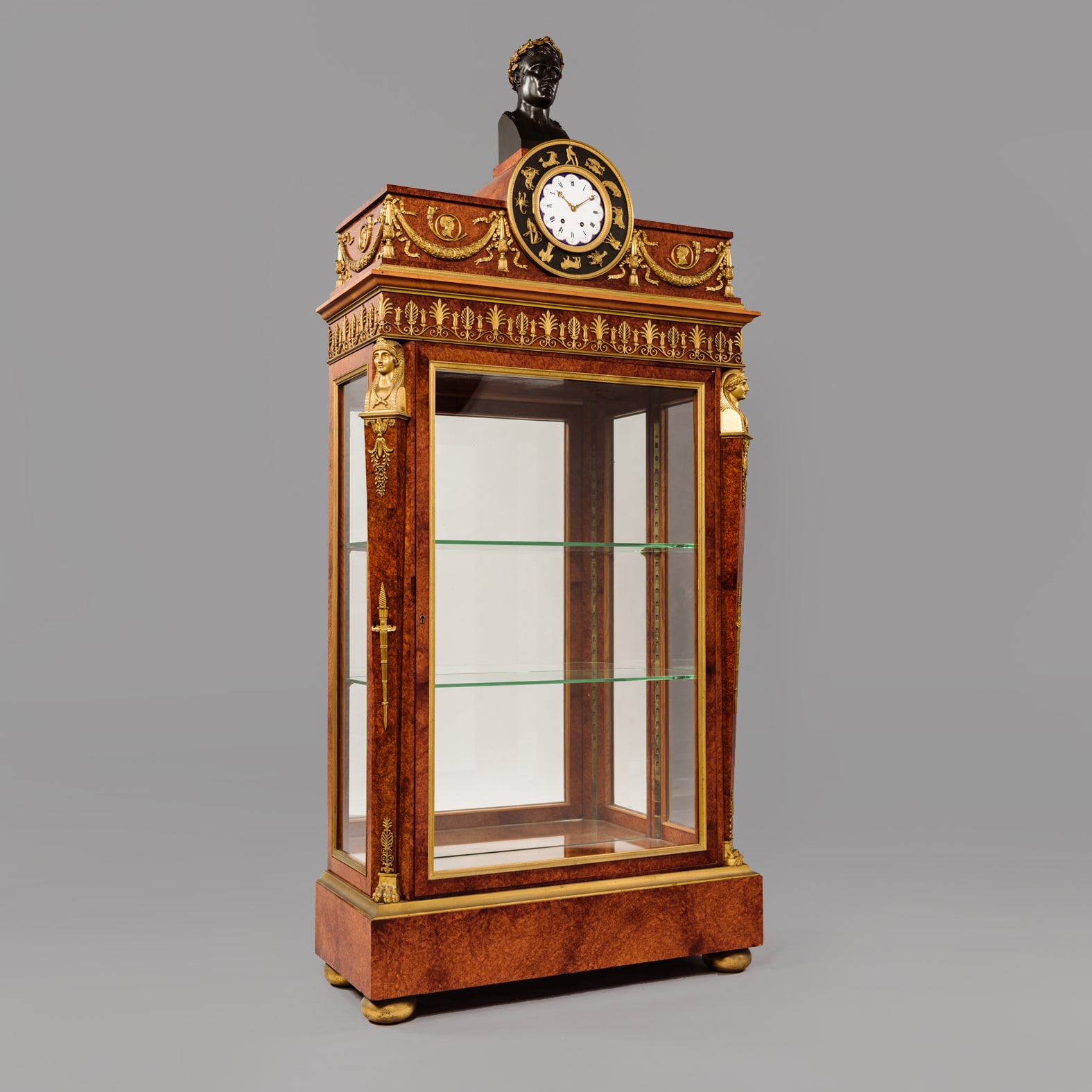
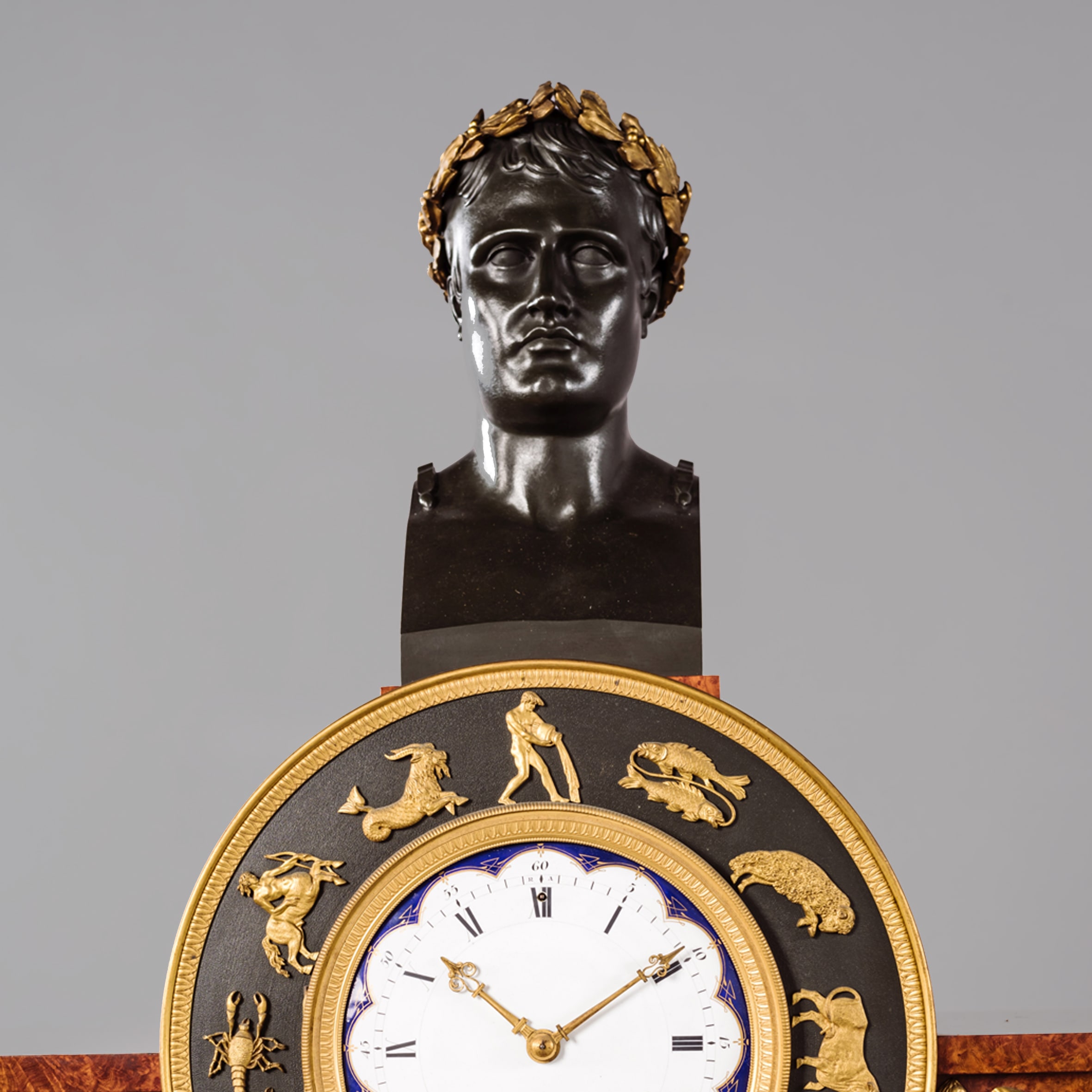
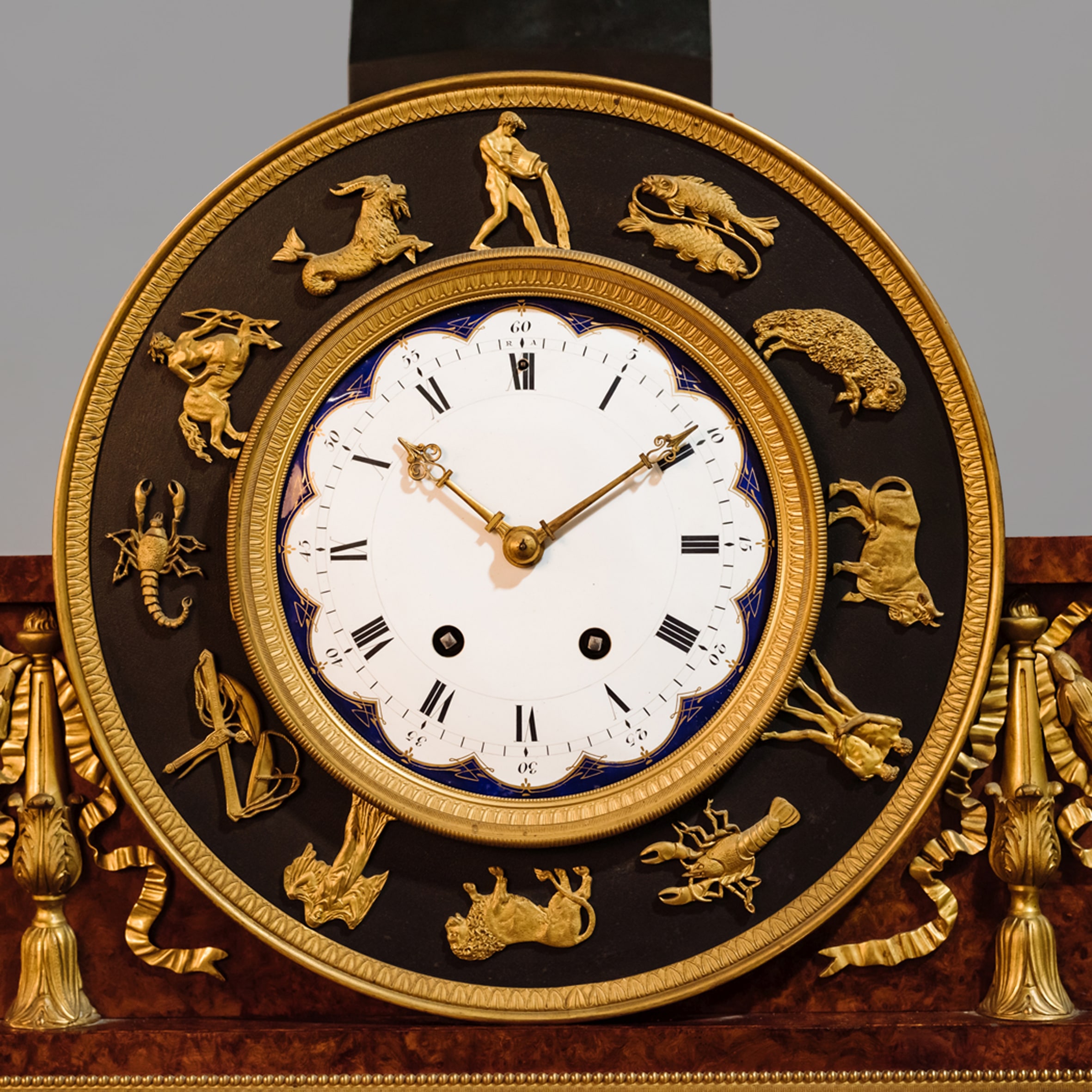
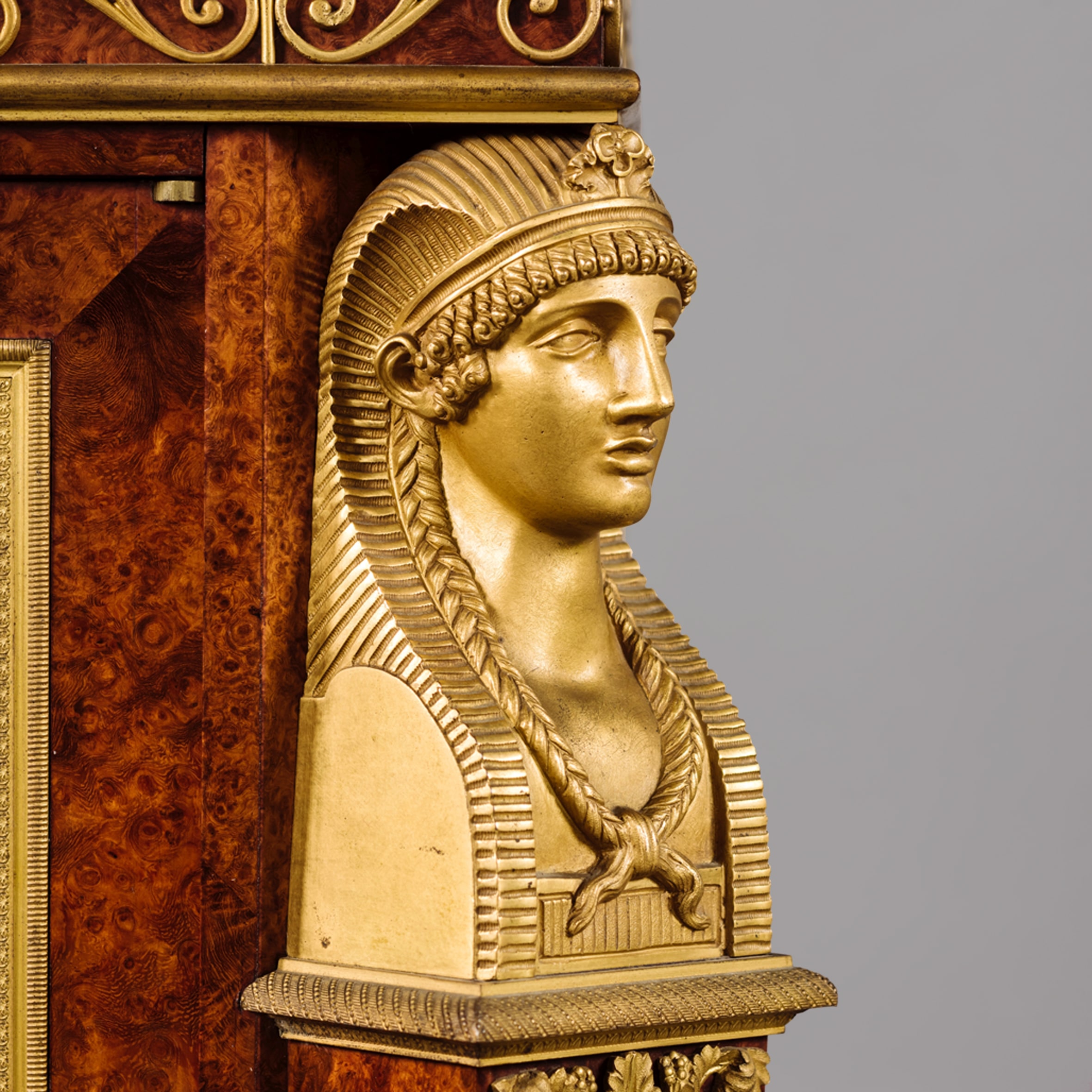

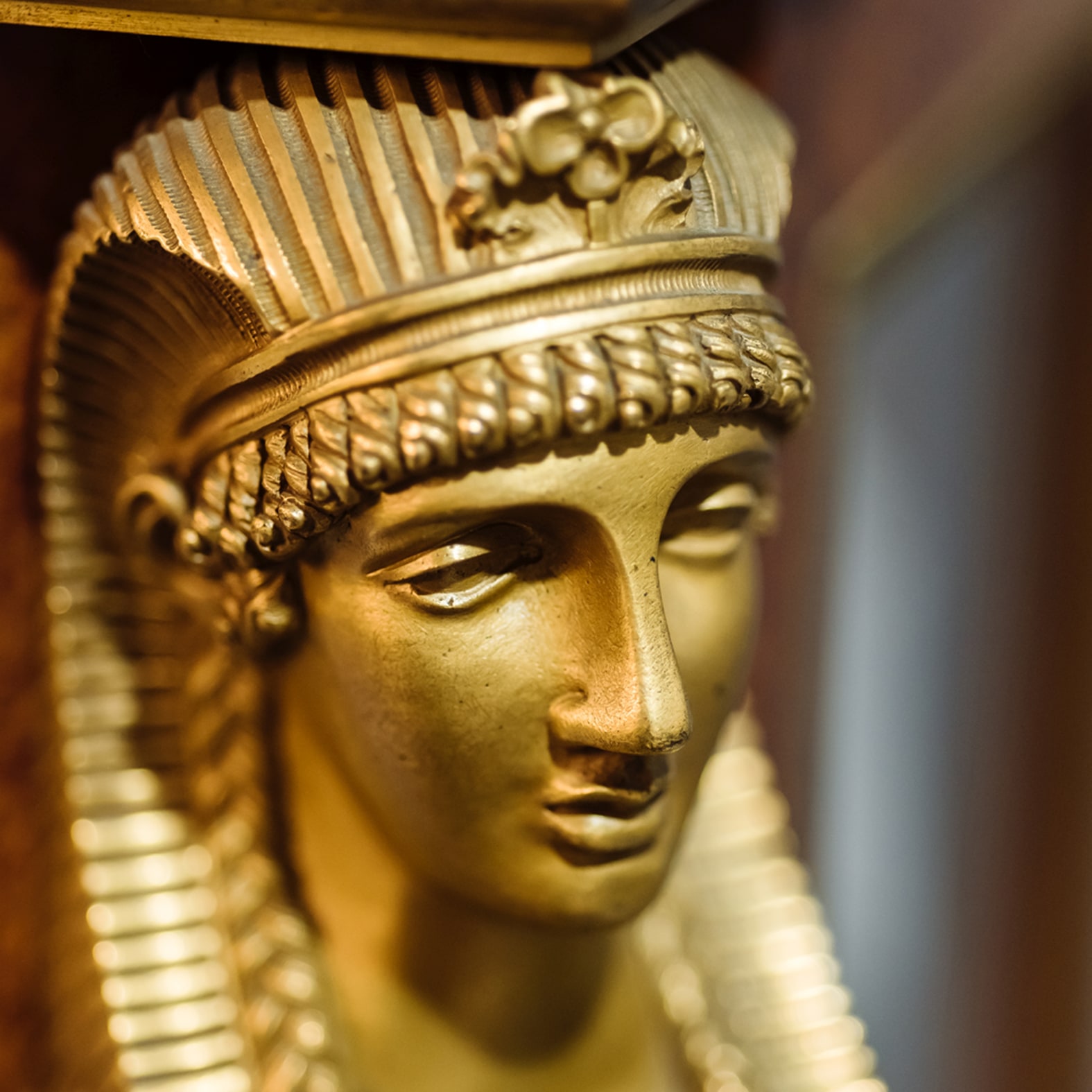
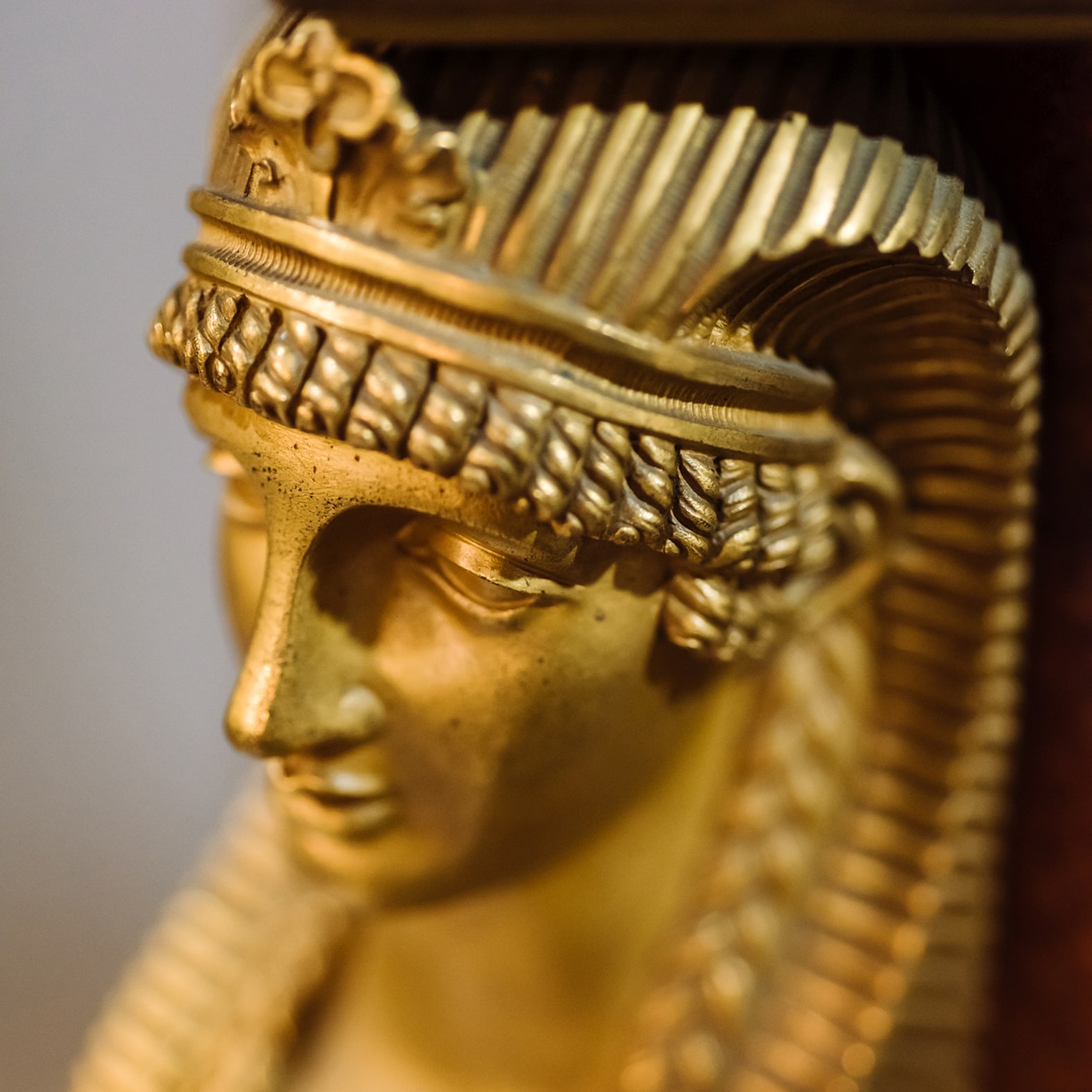
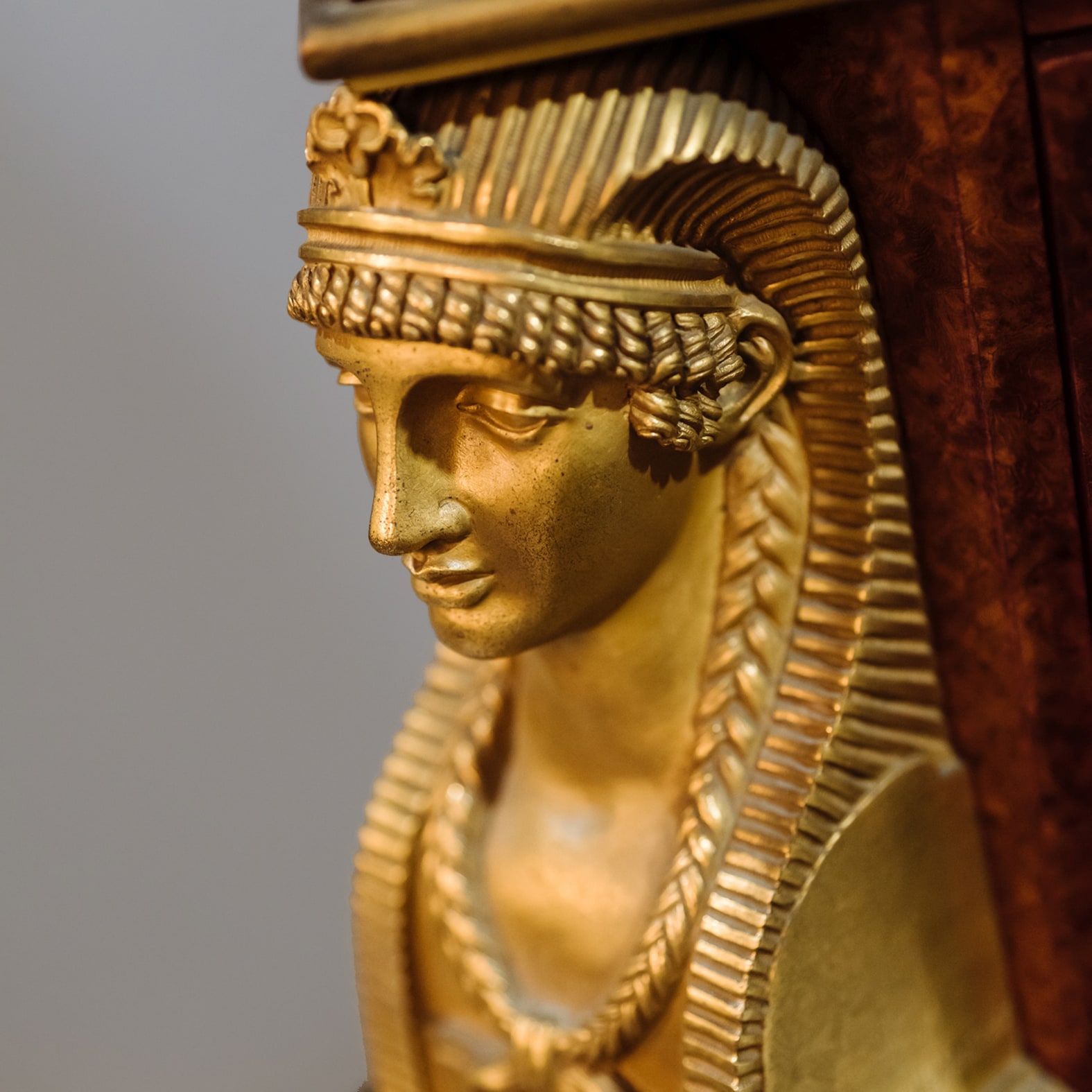
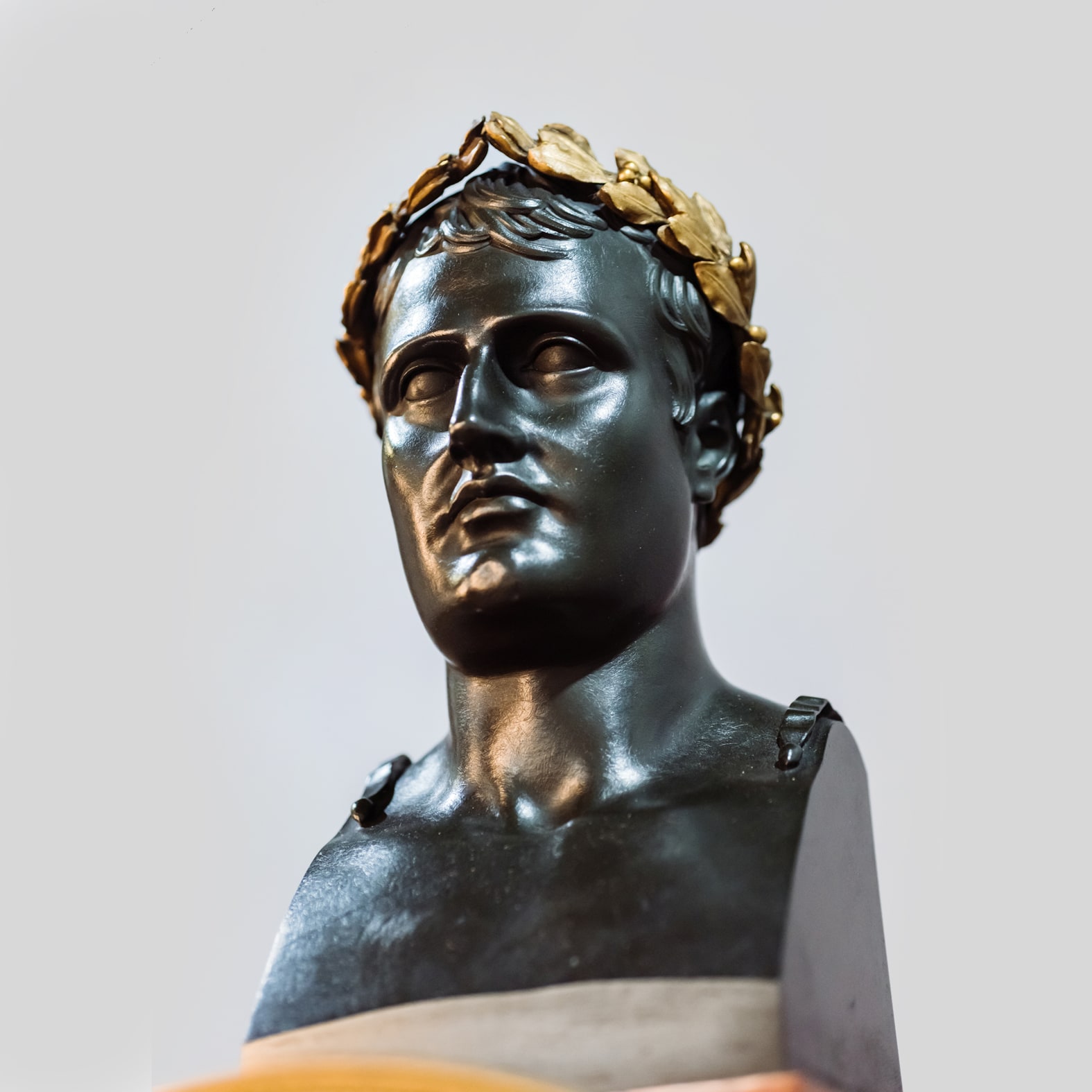
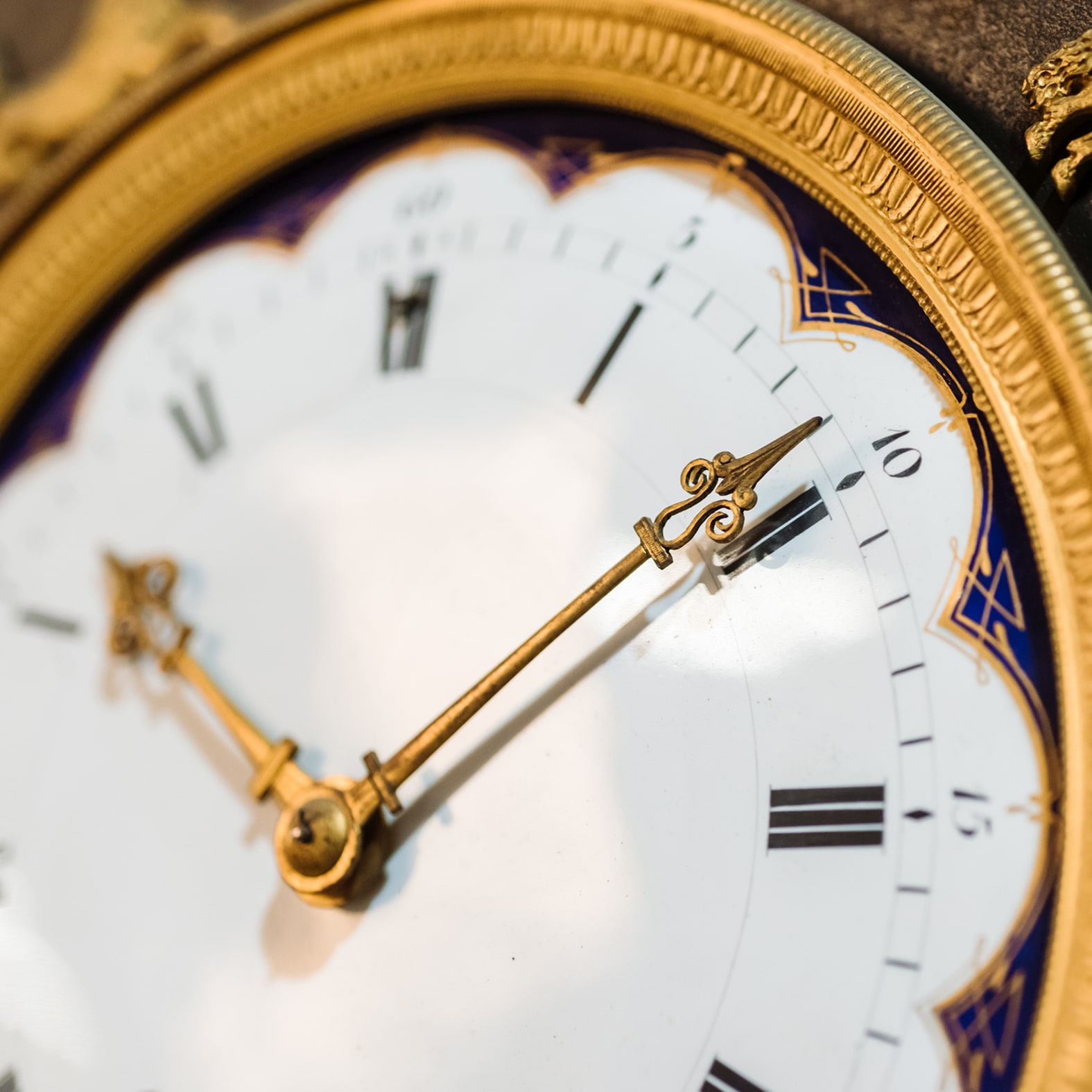
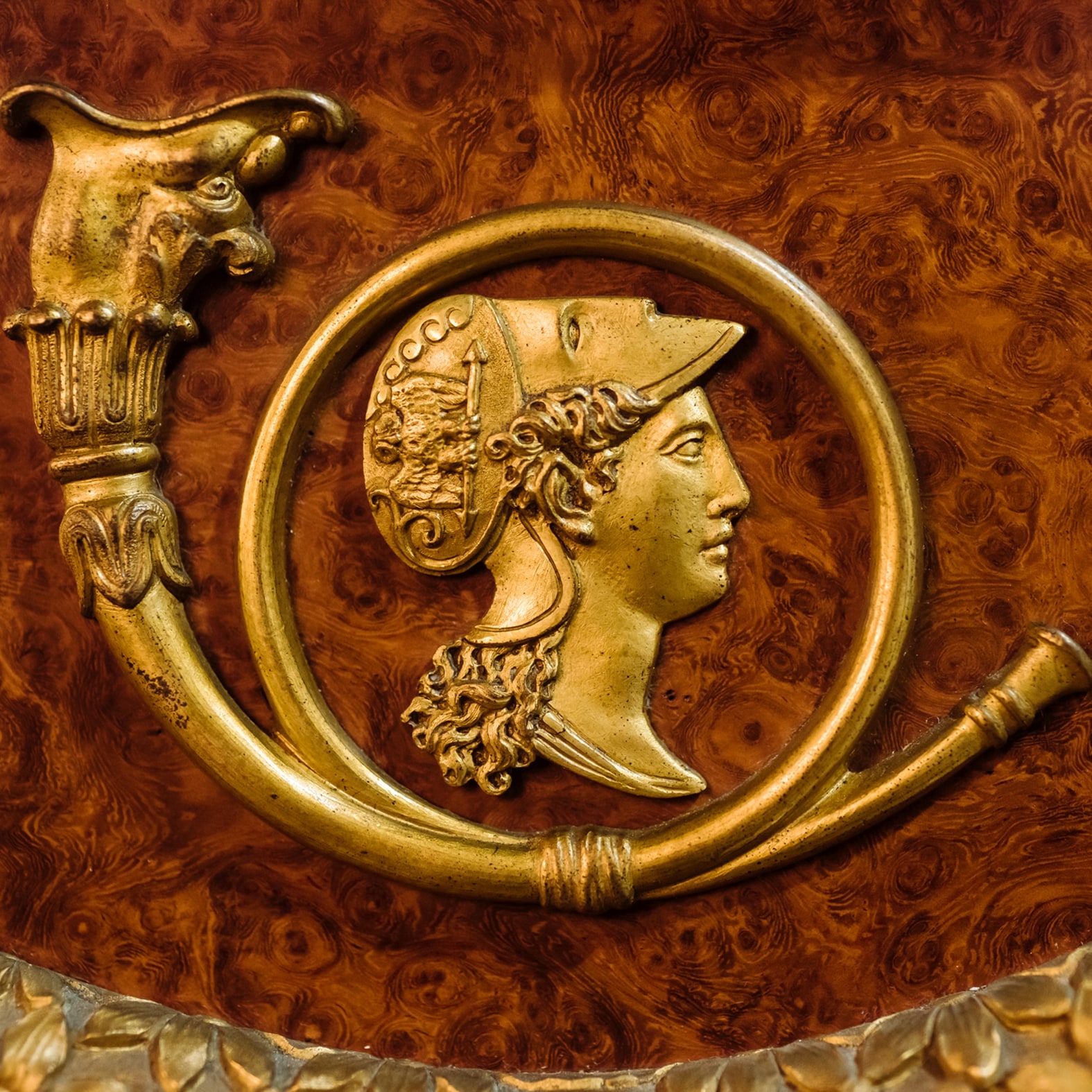
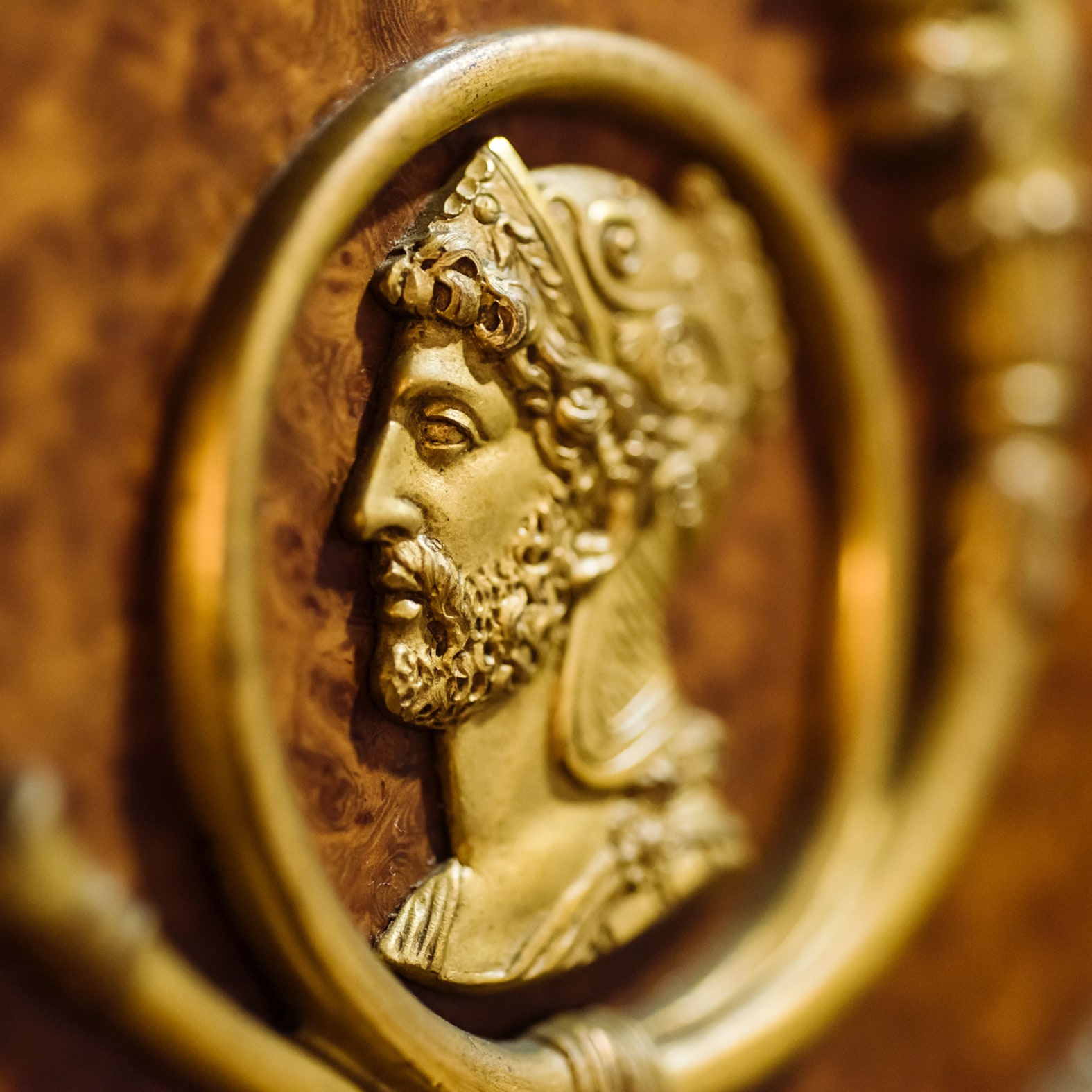
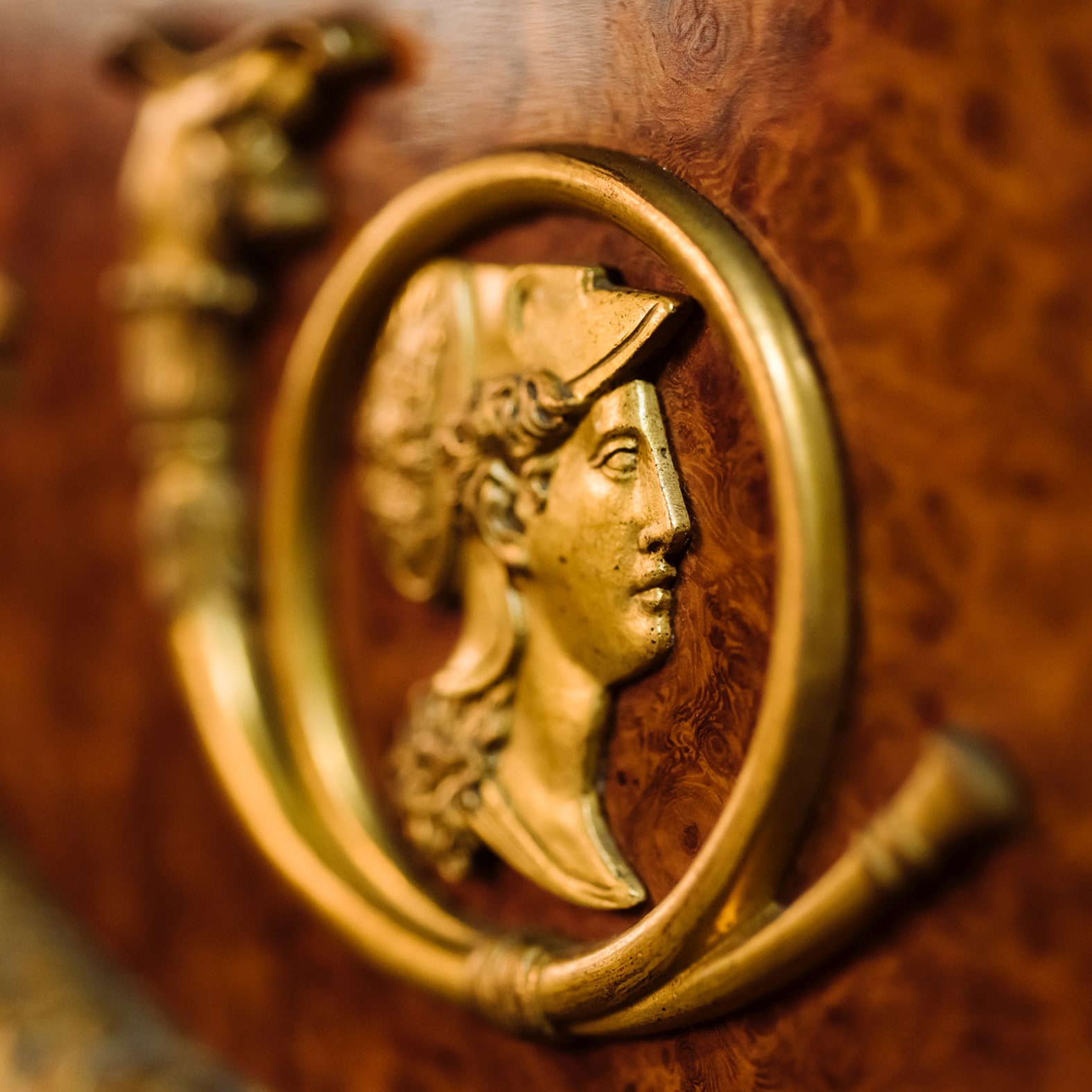
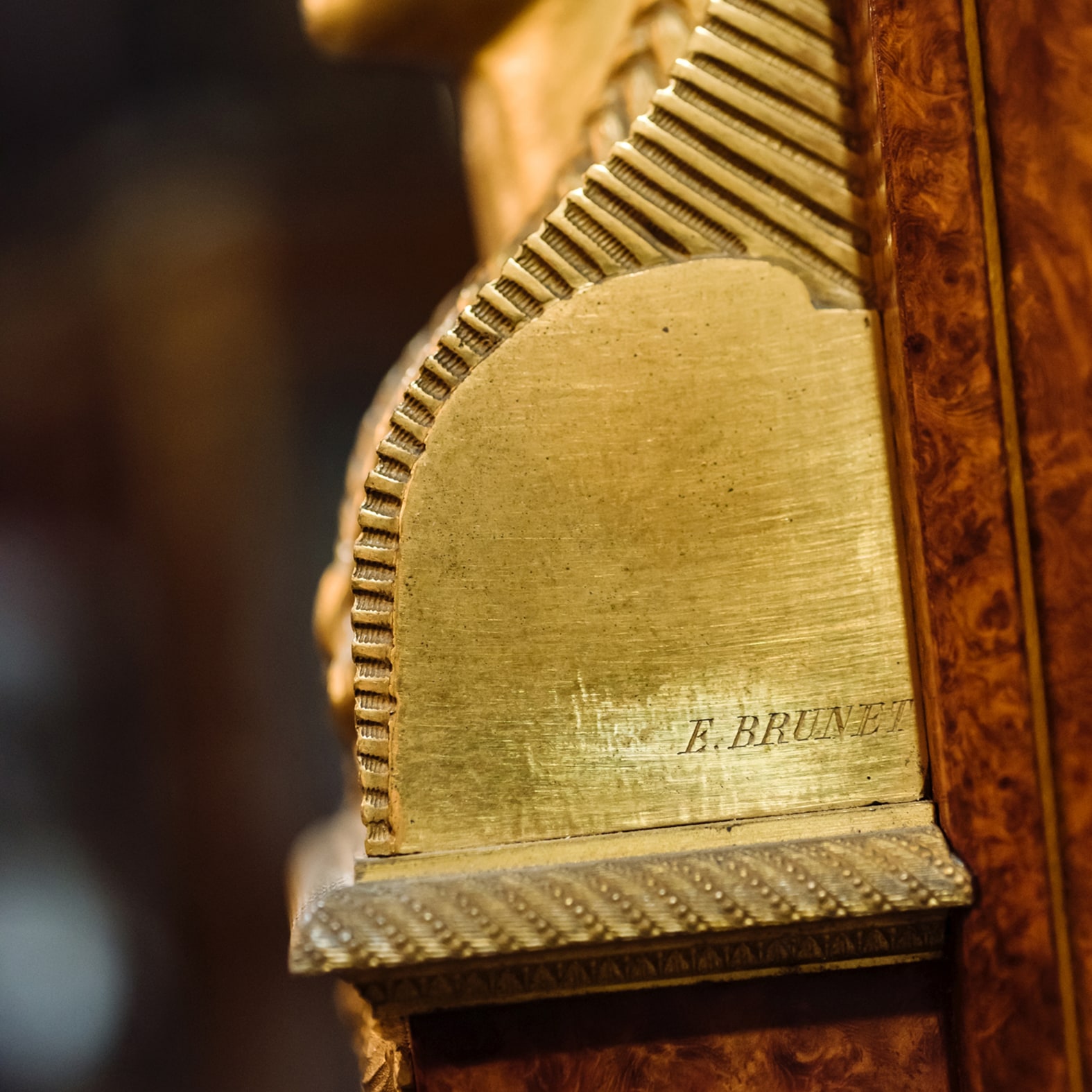
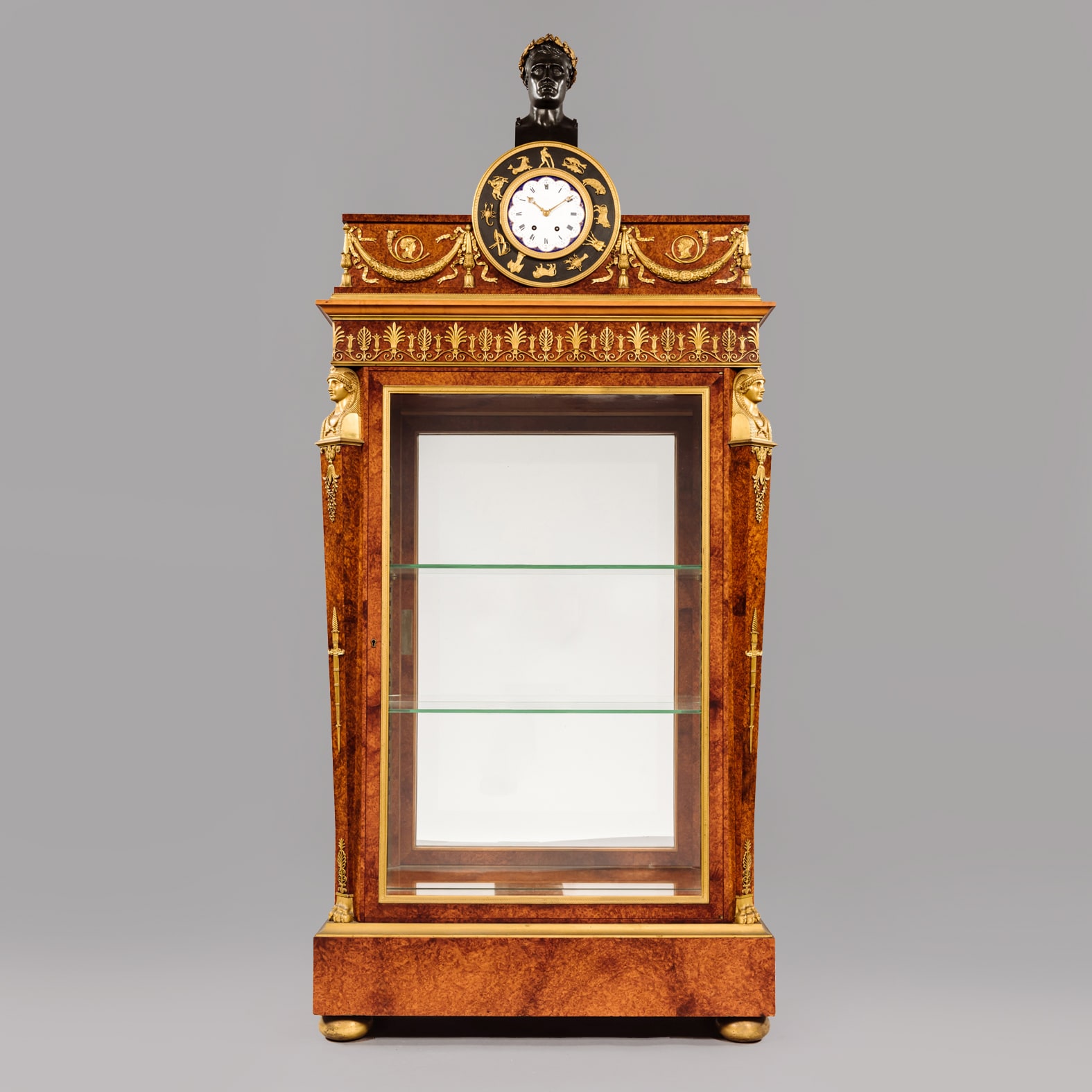

 Print
Print